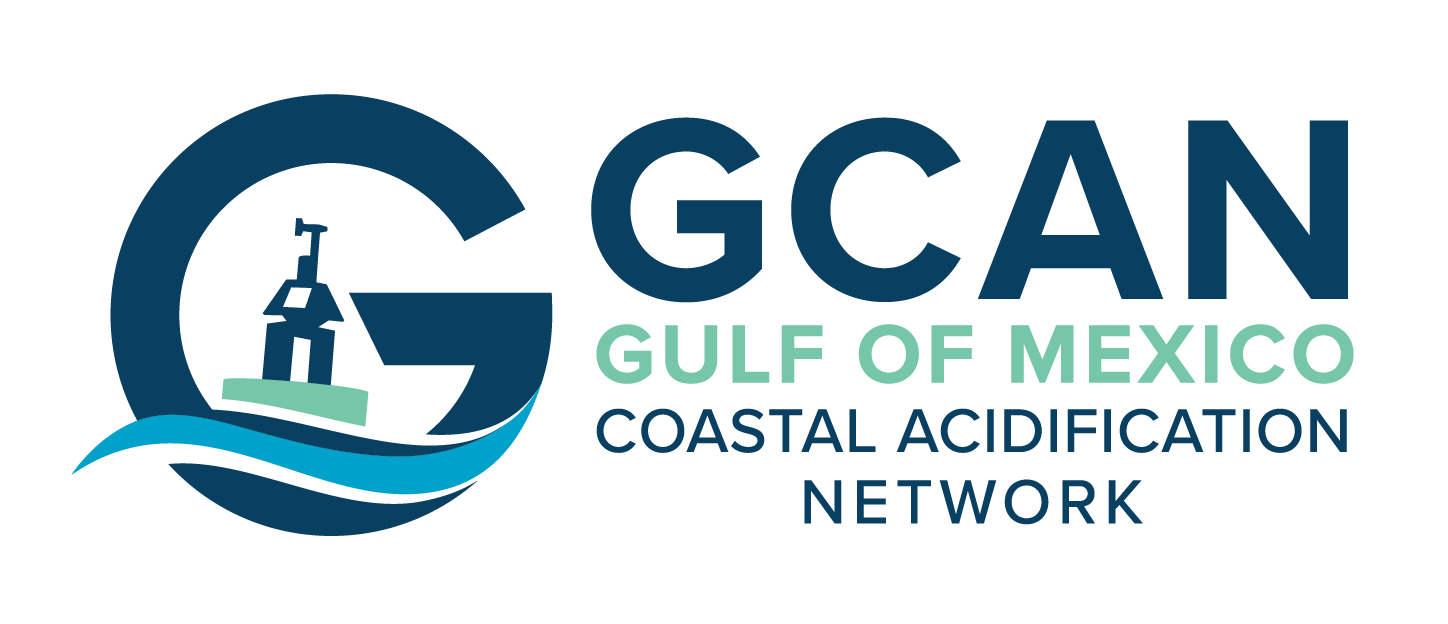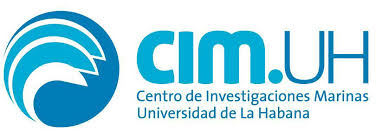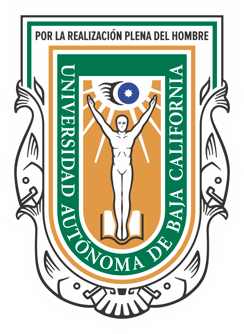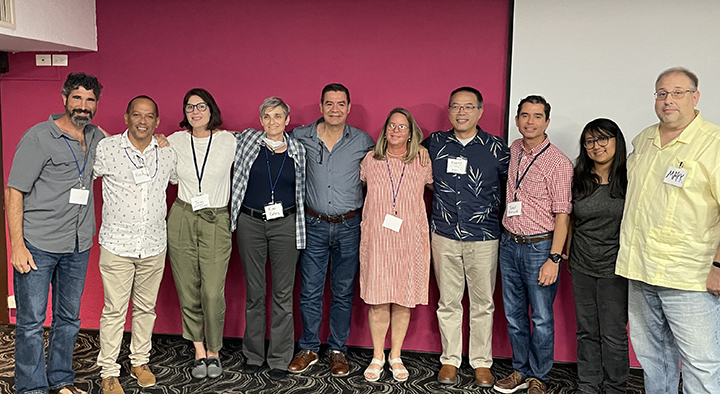New Gulf of Mexico Initiative Seeks to Address Ocean Acidification Across International Borders
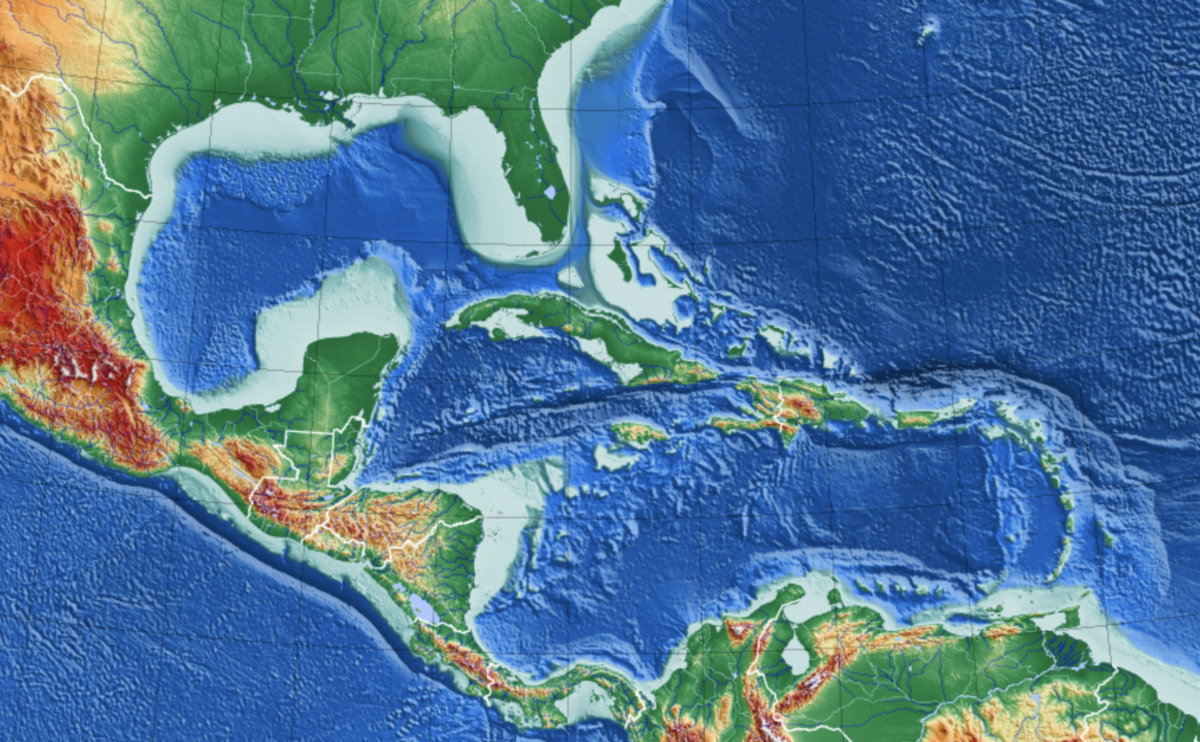
A team of scientists from the U.S., Mexico and Cuba met recently to exchange information and begin development of a new tri-national initiative designed to address the socioeconomic impacts of ocean acidification (OA) in the Gulf of Mexico based on common needs across nations.
The Gulf of Mexico’s highly valuable and diverse marine, coastal and estuarine environments hold numerous habitats and species — including shellfish, coral reefs, carbonate seafloor environments and economically important fisheries — that are vulnerable to the impacts of ocean and coastal acidification. In addition to the ecological threat, OA poses an economic threat to the Gulf’s blue economy, which is estimated to have a combined value of $2.04 trillion per year across Cuba, Mexico and the U.S.
Ocean acidification is the reduction in the pH of seawater, caused primarily by uptake of carbon dioxide (CO2) from the atmosphere. Marine life uses carbonate from the water to build shells and skeletons. When the water is more acidic, animals that rely on carbonate have trouble building shells and skeletons and, if the water is acidic enough, these animals’ shells and skeletons can dissolve.
The Gulf of Mexico International Ocean Acidification Summit, which took place Oct. 18-19 in Mérida, Yucatan, Mexico, and included representatives from government agencies, universities, research institutes, non-governmental organizations and students, was sponsored by the Furgason Fellowship of the Harte Research Institute for Gulf of Mexico Studies (HRI) at Texas A&M University-Corpus Christi.
“This is an effort representing HRI’s mission and vision of using science driven solutions for an ecologically and economically sustainable Gulf of Mexico,” said HRI’s Dr. Xinping Hu, Chair for Ecosystem Science and Modeling, who is actively studying ocean acidification. “We are happy to start the process of connecting OA researchers and stakeholders in the three countries around the Gulf as that is part of what HRI does.”
The meeting was co-hosted by the Gulf of Mexico Coastal Ocean Observing System (GCOOS) and the GCOOS Gulf of Mexico Coastal Acidification Network (GCAN). Additional organizing and hosting institutions included the United States Geological Survey (USGS) St. Petersburg Coastal and Marine Science Center, Centro de Investigaciones Marinas de la Universidad de La Habana (CIM-UH — Cuba), Centro de Estudios Ambientales de Cienfuegos (CEAC — Cuba), the Universidad Nacional Autónoma de México (UNAM — Mexico), Instituto de Investigaciones Oceanológicas, Universidad Autónoma de Baja California (IIO-UABC — Mexico) and Kalanbio A.C. (Mexico).
“The Gulf of Mexico is a large marginal basin with high ecological, fishing, and tourist wealth important to each of our three nations,” said Dr. Jose Martin Hernandez Ayón of the Universidad Autónoma de Baja California. “And each of our three countries has the responsibility — and the challenge — of understanding and responding to the effects and implications of OA. By uniting our efforts, we can increase our capacity to understand these issues and help our decision makers mitigate impacts.”
Among the topics discussed during the meeting were the challenges each country faces, including known and potential socioeconomic vulnerabilities and biological and ecosystem responses to OA. The group also identified shared priorities for observational, biological, and socioeconomic research including environmental justice needs, outreach and communications, and priority geographic locations for study. They also outlined longer-term actions that will need to take place to support multi-national collaborations, including:
• Identifying shared data and information platforms;
• Standardizing chemical and biological sampling methodologies;
• Coordinating communications with regulatory agencies and resource managers;
• Coordinating monitoring activities, collaborative research experiments, and tri-national comparison of results.
“This initial meeting has really set the stage for collaborations throughout the Gulf of Mexico,” said GCOOS Executive Director Dr. Jorge Brenner. “Not only will working together help us all assess and understand the global threat from OA, it will also help us serve our communities by finding solutions to local impacts.”
“The next steps for this tri-national collaboration will include establishing pathways and platforms to facilitate group communications and building on existing collaborative efforts such as GCAN, based on shared research priorities,” said Dr. Kim Yates, Chair of the GCAN Steering Committee and Research Oceanographer at the U.S. Geological Survey.
“The Gulf of Mexico connects Cuba, Mexico and the U.S., so constructing a common and collaborative network is crucial not only to understand how the system is affected by OA in each of our three countries but to understand how the larger system itself is being impacted,” said Dr. Patricia González Díaz, Centro de Investigaciones Marinas de la Universidad de La Habana. “Together, we will be stronger.”
“It was fantastic to see people from the three countries surrounding the Gulf of Mexico so deeply engaged on this topic and working together to explore potential shared research and monitoring collaborations,” said Dr. Nuno Simoes, UMDI-Sisal, Facultad de Ciencias, UNAM. “Working together will help us all address OA impacts and concerns.”
About
The Harte Research Institute for Gulf of Mexico Studies, an endowed research component of Texas A&M University-Corpus Christi, is dedicated to advancing the long-term sustainable use and conservation of the Gulf of Mexico. HRI provides science-driven solutionsTM and international leadership in generating and disseminating knowledge about the Gulf of Mexico ecosystem and its critical role in the economies of the Gulf region. Learn more at www.harteresearch.org
GCOOS is the Gulf of Mexico regional component of the U.S. Integrated Ocean Observing System (IOOS) and the only certified system dedicated solely to the Gulf of Mexico. Our mission is to provide timely, reliable, accurate and on-demand information on the open ocean and coastal ocean waters of the Gulf of Mexico to ensure a healthy, clean, productive ocean and resilient coastal zone. www.GCOOS.org
The GCOOS Gulf of Mexico Coastal Acidification Network (GCAN) works directly with scientists, resource managers, stakeholders, and educators to facilitate, synthesize and communicate the state of coastal and ocean acidification science in the region. www.GCOOS.org/GCAN
The USGS St. Petersburg Coastal and Marine Science Center conducts basic and applied research to understand the processes that form and alter coastal and marine environments and the implications of how these processes relate to natural hazards, resource sustainability, and environmental change.
